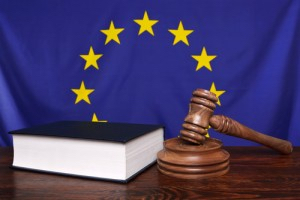
For a number of years now, public life has seen an exponential increase of the use of video recording equipment. The question remains under which conditions video equipment can be installed and to which extent video recordings can be allowed as evidence within the European Union (EU) legal system.
Not only in the public space, but also on the work floor are cameras deployed regularly. In addition, it is almost a certainty that most events are recorded by dashcams, drones, or smartphones.
The opinions diverge on whether or not this is a positive evolution.
What has become clear is that video recordings can be used as evidence in legal procedures.
When the video recordings are gathered lawfully and in accordance with the legal provisions, there are no issues. However, when video recordings are gathered unlawfully, the question can be asked to which extent the recordings can be allowed as evidence.
The answer to this question is not unambiguous.
1. Legal framework
The recording of individuals is considered as an act of processing of personal data.
This implies that the user of the video needs to take the provisions of the law of 8 December 1992 on the protection of individuals with regard to the processing of personal data (hereinafter the ?law on privacy?) and as from 25 May 2018 the GDPR. Additionally, particular regulations exist concerning the use of video surveillance on the work place or the use of video surveillance in general.
Given that the law on privacy was not aimed at the specific problem of video use, other regulations have come to light to govern the use of video surveillance.
The two best-known regulations are the CLA n
Source: peeters-law.be
